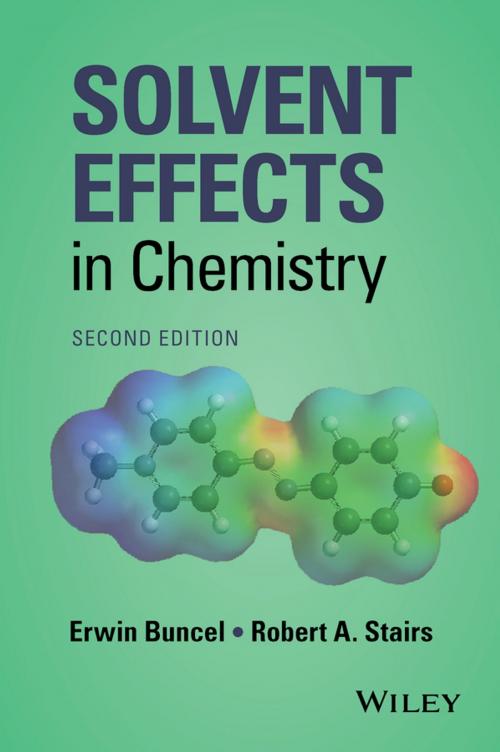Solvent Effects in Chemistry
Nonfiction, Science & Nature, Science, Chemistry, Inorganic, Organic, Technology, Engineering, Chemical & Biochemical| Author: | Erwin Buncel, Robert A. Stairs | ISBN: | 9781119044291 |
| Publisher: | Wiley | Publication: | June 19, 2015 |
| Imprint: | Wiley | Language: | English |
| Author: | Erwin Buncel, Robert A. Stairs |
| ISBN: | 9781119044291 |
| Publisher: | Wiley |
| Publication: | June 19, 2015 |
| Imprint: | Wiley |
| Language: | English |
This book introduces the concepts, theory and experimental knowledge concerning solvent effects on the rate and equilibrium of chemical reactions of all kinds. It begins with basic thermodynamics and kinetics, building on this foundation to demonstrate how a more detailed understanding of these effects may be used to aid in determination of reaction mechanisms, and to aid in planning syntheses. Consideration is given to theoretical calculations (quantum chemistry, molecular dynamics, etc.), to statistical methods (chemometrics), and to modern day concerns such as "green" chemistry, where utilization and disposal of chemical waste or by-products in an environmentally safe way is as important as achieving the desired end products by all chemists nowadays. The treatment progresses from elementary to advanced material in straightforward fashion. The more advanced topics are not developed in an overly rigorous way so that upper-level undergraduates, graduates, and newcomers to the field can grasp the concepts easily.
This book introduces the concepts, theory and experimental knowledge concerning solvent effects on the rate and equilibrium of chemical reactions of all kinds. It begins with basic thermodynamics and kinetics, building on this foundation to demonstrate how a more detailed understanding of these effects may be used to aid in determination of reaction mechanisms, and to aid in planning syntheses. Consideration is given to theoretical calculations (quantum chemistry, molecular dynamics, etc.), to statistical methods (chemometrics), and to modern day concerns such as "green" chemistry, where utilization and disposal of chemical waste or by-products in an environmentally safe way is as important as achieving the desired end products by all chemists nowadays. The treatment progresses from elementary to advanced material in straightforward fashion. The more advanced topics are not developed in an overly rigorous way so that upper-level undergraduates, graduates, and newcomers to the field can grasp the concepts easily.















